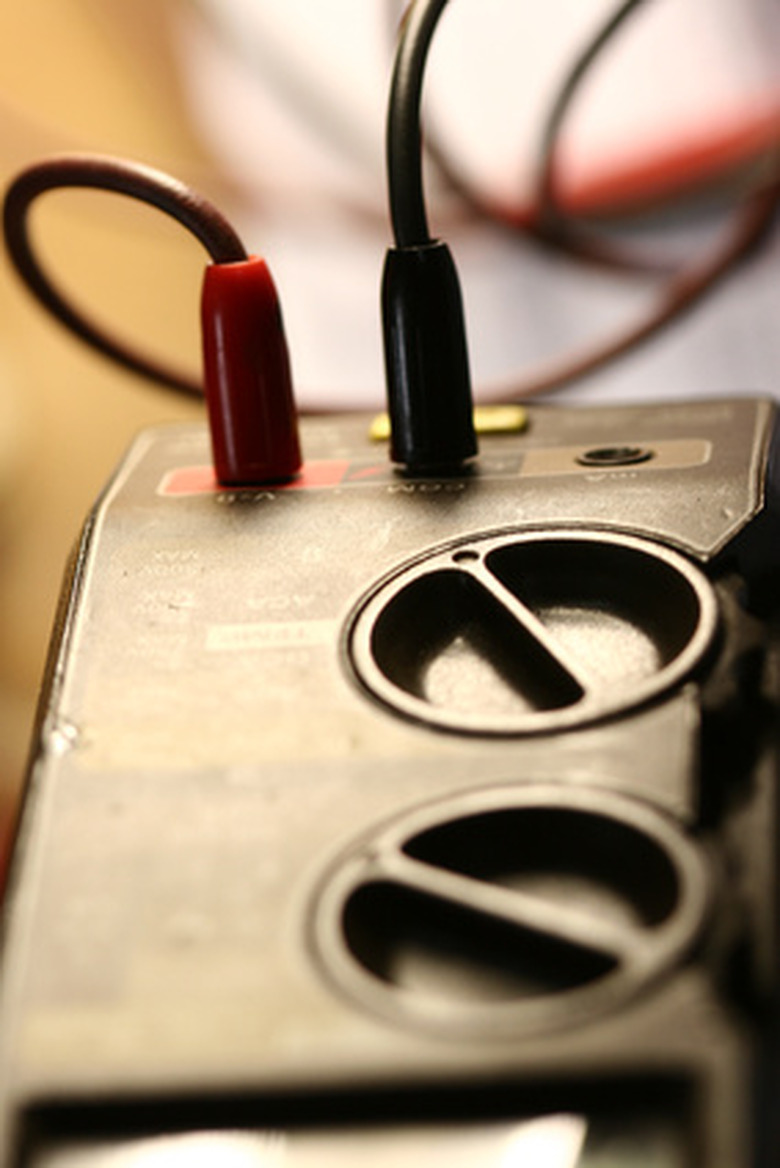How To Read A Megger
Things Needed
-
A megohmmeter
-
Electrical wires
-
Caution tape
In order to measure the insulation resistance in electrical wiring and electrical motors, electricians use the megohmmeter, also known as a megger. It differs from an ohmmeter in that, unlike the ohmmeter, it is able to measure resistances in ohm values of more than one million. This capacity is practical when measuring resistance in high-voltage situations, because accurate resistance measurement requires that you provide a higher voltage than can supplied by the ohmmeter.
Step 1
Shut off all power connected to the cables you are testing.
Step 2
Disconnect the cables from the power source.
Step 3
Disconnect the cables from the device for which they are intended to supply power.
Step 4
Remove any wire nuts or tape used to temporarily cap the cables.
Step 5
Establish a safety barrier to keep anyone from touching the bare copper on the ends of the cables, as your megger will be supplying high voltage during the testing period.
Step 6
Touch either of the megohmmeter's leads to the ground being used for that electrical system. For example, if the system you were testing included a motor control cabinet, you would touch a lead to the cabinet itself, since it is grounded.
Step 7
Touch the other lead to the bare copper wire of the cable you are testing.
Step 8
Turn on and read the meter. Anything reading between 2 megohms and 1000 megohms is usually considered a good reading, unless other problems have been noted. Anything less than 2 megohms indicates an insulation problem.
